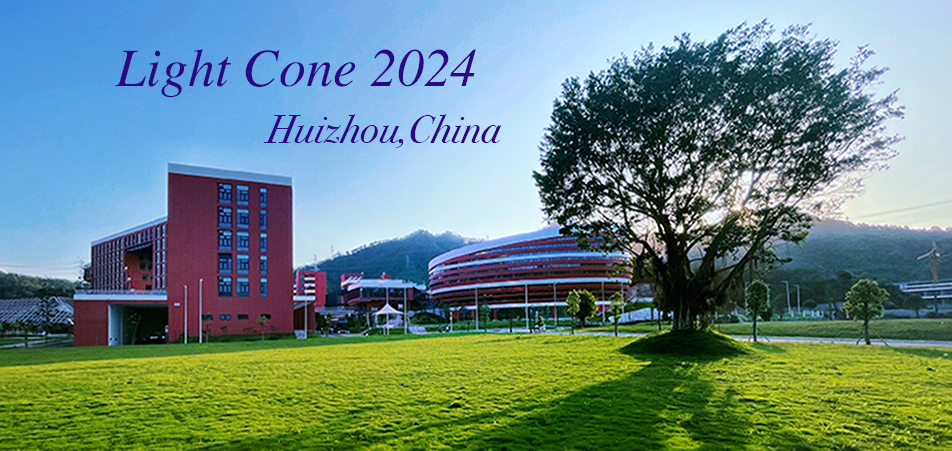Speaker
Description
The $SU(N)$ Yang-Mills theory compactified on $\mathbb{R}^3 \times \mathbb{S}^1_L$ with small $L$ has many merits, for example the long range effective theory is weakly coupled and adopts rich topological structures, making it semi-classically solvable.
Due to the $SU(N) \to U(1)^{N-1}$ symmetry breaking by gauge holonomy, the low-energy effective theory can be described in terms of unbroken $U(1)$ photons and gauge holonomy.
With the addition of $N_f$ adjoint light fermions, the center symmetry breaking phase transition can be studied using the twisted partition function, i.e., fermions with periodic boundary conditions, which preserve the supersymmetry in the massless case.
In this paper, we show that in the large-$N$ abelian limit with $N_f=1$ and an $N$-independent W-boson mass, the long-range $3$d effective theory can be regarded as a bosonic field theory in $4$d with an emergent spatial dimension. The emergent dimension is flat in the confining phase, but conformally flat in the center-symmetry broken phase with a $\mathbb{Z}_2$ reflection symmetry. The center symmetry breaking phase transition itself is due to the competition between instanton-monopoles, magnetic and neutral bions controlled by the fermion mass, whose critical value at the transition point is given analytically in the large $N$ limit.

